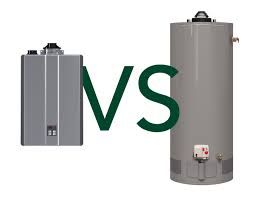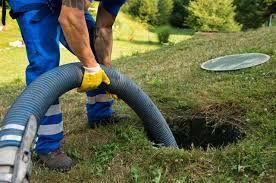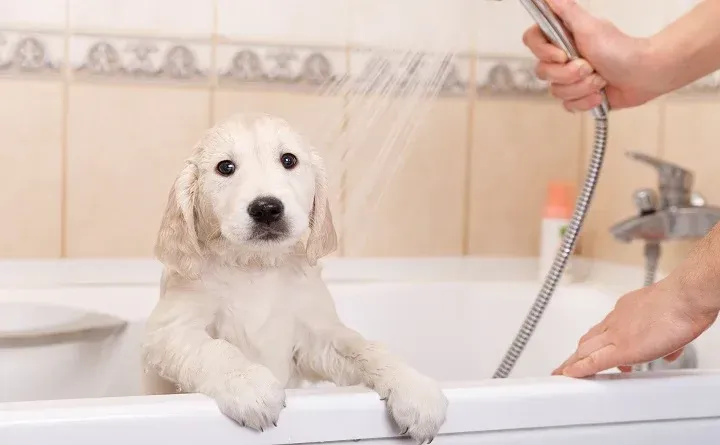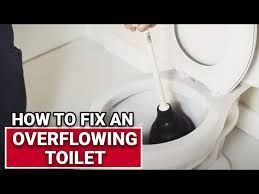How to Unblock a Sink in 5 Ways with Household Items: An In-Depth Guide
A clogged sink can be a frustrating household problem, especially when it disrupts your daily routine. The good news is that you don't always need to call a plumber or buy expensive chemicals to fix it. With a few common household items, you can unblock your sink quickly and efficiently. In this in-depth guide, we'll explore five effective methods to unclog your sink using items you likely already have at home.
Why Sinks Get Clogged
Before diving into the methods, it's helpful to understand why sinks get clogged in the first place. Common causes of sink blockages include:
- Grease and Fat: Over time, cooking grease and fat can solidify in your pipes, causing a blockage.
- Food Particles: Bits of food can accumulate in the drain, especially if you don’t have a strainer.
- Hair: In bathroom sinks, hair is a common culprit that can combine with soap scum to form a stubborn clog.
- Soap Scum: Soap residue can build up in pipes, particularly in hard water areas, leading to blockages.
- Foreign Objects: Small objects accidentally dropped into the sink can cause an obstruction.
Now, let’s look at five methods to unblock your sink using household items.
1. The Baking Soda and Vinegar Method
One of the most effective and natural ways to unblock a sink is by using baking soda and vinegar. This method works by causing a chemical reaction that breaks down the clog.
What You Need:
- 1 cup of baking soda
- 1 cup of white vinegar
- Boiling water
Steps:
- Remove Standing Water: If there’s water in the sink, remove as much as possible using a cup or bowl.
- Pour Baking Soda: Pour 1 cup of baking soda directly into the drain.
- Add Vinegar: Follow up with 1 cup of white vinegar. You’ll notice fizzing as the two substances react.
- Wait: Let the mixture sit for about 15 minutes to break down the clog.
- Flush with Boiling Water: After 15 minutes, pour a kettle of boiling water down the drain to flush out the loosened debris.
This method is particularly effective for grease and soap scum clogs.
2. The Hot Water and Dish Soap Technique
This method is simple yet effective, especially for grease-based clogs.
What You Need:
- Boiling water
- Dish soap
Steps:
- Boil Water: Bring a kettle of water to a boil.
- Add Dish Soap: Squeeze a generous amount of dish soap into the clogged drain.
- Pour Boiling Water: Slowly pour the boiling water down the drain. The heat will help melt the grease, and the dish soap will break it up.
- Repeat if Necessary: If the clog doesn’t clear on the first try, repeat the process.
This method is ideal for kitchen sinks that are clogged with grease or fat.
The Wire Hanger Method
For clogs caused by hair or foreign objects, a simple wire hanger can do the trick.
What You Need:
- A wire hanger
Steps:
- Unwind the Hanger: Straighten out a wire hanger as much as possible, leaving a small hook at one end.
- Insert into the Drain: Push the hook end of the hanger into the drain, carefully fishing out any debris or hair.
- Remove the Clog: Pull the hanger out, and you should see some of the clog attached. Repeat the process until the clog is gone.
- Flush with Hot Water: After removing the clog, flush the drain with hot water.
This method is best for bathroom sinks clogged with hair.
The Plunger Method
A plunger can create enough pressure to dislodge stubborn clogs.
What You Need:
- A sink plunger
Steps:
- Seal the Overflow Drain: If your sink has an overflow drain, cover it with a wet cloth to create a seal.
- Place the Plunger: Position the plunger over the sink drain, ensuring it covers the entire opening.
- Plunge: Push and pull the plunger rapidly to create suction. The pressure should help dislodge the clog.
- Test the Drain: After a few attempts, lift the plunger to see if the water drains. If it doesn’t, repeat the process.
This method is versatile and works for most types of clogs.
The Salt and Baking Soda Combination
For a clog that’s a bit more stubborn, try combining salt with baking soda.
What You Need:
- 1/2 cup of baking soda
- 1/2 cup of salt
- Boiling water
Steps:
- Mix Salt and Baking Soda: Combine 1/2 cup of baking soda with 1/2 cup of salt.
- Pour into Drain: Pour the mixture directly into the drain.
- Let it Sit: Allow the mixture to sit in the drain for several hours or overnight.
- Flush with Boiling Water: In the morning, flush the drain with boiling water.
The abrasive nature of the salt combined with the fizzing action of the baking soda makes this method effective for breaking down stubborn clogs.
Preventing Future Clogs
Now that you’ve successfully unblocked your sink, it’s important to take steps to prevent future clogs:
- Use Drain Screens: Install drain screens in your sinks to catch food particles and hair.
- Avoid Pouring Grease Down the Drain: Dispose of cooking grease in a container instead of pouring it down the drain.
- Regular Maintenance: Periodically flush your drains with hot water and a mixture of baking soda and vinegar to prevent build-up.
- Be Mindful of What Goes Down the Drain: Avoid washing down large food particles or other debris.
FAQs
Q: How often should I clean my drains to prevent clogs?
A: It’s a good practice to clean your drains every few weeks using hot water and a baking soda and vinegar mixture.
Q: Can I use chemical drain cleaners instead of household items?
A: While chemical drain cleaners can be effective, they can also damage your pipes over time. Household items are a safer and more environmentally friendly option.
Q: What if none of these methods work?
A: If these methods don’t work, the clog may be too severe, and it might be time to call a professional plumber.
Conclusion
Unblocking a sink doesn’t have to be a daunting task. With these five methods using household items, you can tackle most clogs quickly and efficiently. From the baking soda and vinegar method to the wire hanger technique, there’s a solution for every type of blockage. Remember to take preventive measures to keep your drains clear and avoid future clogs. If all else fails, don’t hesitate to reach out to a professional for assistance.




CONTACT INFORMATION
Office:
855-266-7682
Email:
service@AllCityPlumbers.com
Address: 6694 Oak Ridge Commerce Way, Austell, GA 30168
Business Hours:
Mon - Sun 24 Hours
OUR SERVICES
© 2022 All Rights Reserved|All City Plumbers Privacy Policy | Terms & Conditions | Sitemap

